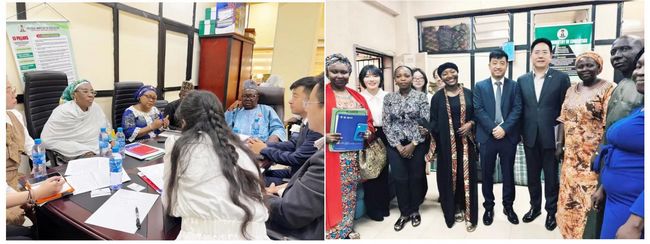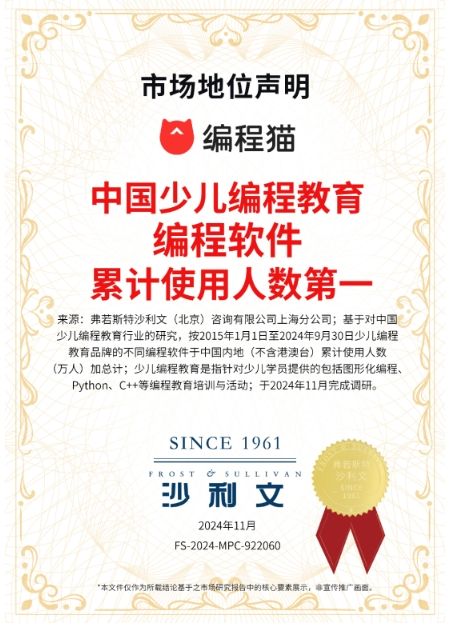|
英语语法,对中国学生来说,是什么难以理解,对于幼升小的小朋友来说,更是不明所以。所以,对于幼升小的孩子,不需要要求学习语法,可以让孩子多听听英语小对话,简单的歌曲,下面的题目,不防让孩子练练,相信他(她)一定会。 不用定冠词“the”(八项纪律) 一、定冠词不与表示一类人或事物的复数名词连用。例如: 1. I like reading the books.(×) I like reading books.(√) 2. She likes the cats.(×) She likes cats.(√) 二、定冠词不能用在某些习惯用语中的名词前面。例如: 1. I have lunch at the noon.(×) I have lunch at noon.(√) 2. We go to school by the bus.(×) We go to school by bus.(√) 三、定冠词不能用在某些专用名词和不可数名词前面。例如: 1. I like the China.(×) I like China.(√) 2. Would you like a cup of the water? (×) Would you like a cup of water?(√) 四、定冠词不能用在节日、日期、月份、季节前面。例如: 1. Today is the Teachers’ Day. (×) Today is Teachers’ Day.(√) 2. He was born in the May in 1987. (×) He was born in May in 1987. (√) 五、定冠词不能用在表示称呼语或某些头衔的名词前面(尤其作表语、宾补时)。 例如: 1. Good morning, the sir!(×) Good morning, sir! (√) 2. I need some help, the Mummy.(×) I need some help, Mummy.(√) 六、定冠词不能与名词前已有作定语用的this, that, my, your, some, any等代词连用。例如: 1. This the pen is mine. (×) This pen is mine.(√) 2. I have the some money. (×) I have some money. (√) 七、定冠词不能用在表示科目名词的前面。例如: 1. We will learn the Chinese, the history and the Maths this afternoon. (×) We will learn Chinese, history and Maths this afternoon.(√) 2. The English is the most interesting of all the subjects.(×) English is the most interesting of all the subjects.(√) 八、定冠词不能用在三餐和球类运动名词的前面。例如: 1. She goes to school after the breakfast every morning.(×) She goes to school after breakfast every morning.(√) 2. We often play the football after school. (×) We often play football after school. (√) 一般现在时 一般现在时, 1.表示事物或人物的特征、状态。如:The sky is blue.天空是蓝色的。2.表示经常性或习惯性的动作。如:I get up at six every day.我每天六点起床。3.表示客观现实。如:The earth goes around the sun.地球绕着太阳转。 一、构成: 1. be动词:主语+be(am,is,are)+其它。如: I am a boy.我是一个男孩。 2.行为动词:主语+行为动词(+其它)。如: We study English.我们学习英语。 当主语为第三人称单数(he, she,it)时,要在动词后加"-s"或"-es"。如:Mary likes Chinese.玛丽喜欢汉语。 二、否定句、一般疑问句、特殊疑问句: 1. be动词的变化。 否定句:主语+ be + not +其它。 如:He is not a worker.他不是工人。 一般疑问句:Be +主语+其它。 如:-Are you a student? -Yes. I am. / No, I'm not. 特殊疑问句:疑问词+一般疑问句。如:Where is my bike? 2.行为动词的变化。 否定句:主语+ don't( doesn't ) +动词原形(+其它)。如: I don't like bread. 当主语为第三人称单数时,要用doesn't构成否定句。如: He doesn't often play. 一般疑问句:Do( Does ) +主语+动词原形+其它。如: - Do you often play football? - Yes, I do. / No, I don't. 当主语为第三人称单数时,要用does构成一般疑问句。如: - Does she go to work by bike? - Yes, she does. / No, she doesn't. 特殊疑问句 1. 定义:以特殊疑问词开头,对陈述句中的某一部分提出疑问 / 进行发问的句子叫特殊疑问句。 2. 特殊疑问词全搜索 一句话: wh-开头外加能与之结伴同行的名词; how及它的形容词兄弟姐妹们,即如: What(什 么),why(为什么),who(谁), where(哪里), which(哪一个), what class(什么课), what time(什么时间), what number(什么号码); how(怎么样),how many(多少), how old(多大), how much(多少)等。 3. 特殊疑问句的构成特殊疑问句由“特殊疑问词+一般疑问句”构成: How old are you? 你多大了? What‘s this in English? 这个用英语怎么讲? 但特殊疑问句有时也要“特殊解”:即如果问的是主语或主语的定语时,这时的特殊疑问句看起来成了“特殊疑问词(+主语)+陈述句”。如: Who‘s not here today? 今天谁没来? Which pen is red? 哪枝钢笔是红色的? 4. 特殊疑问句的语调小插件 一般说来,特殊疑问句都要读成降调(↘),并往往让最后一个单词承担此重任。如: What row are you in(↘)? 你在第几排? Where is“E" (↘)? "E”在哪里? 5. 对特殊疑问句的答复小扫描 回答特殊疑问句,不能用“yes / no”;但可用“到什么山上唱什么歌”来形容对特殊疑问句的应答- -即问什么答什么(尤其是简略回答更明显)。如: -How old is your sister? 你妹妹今年多大了? -She‘s only five. / Only five. (她)才5岁。 根据答句写问句。 1、My bag is under the chair. 2、He’s eleven. 3、I’m a bus driver. 4、Li Yan is not here. 5、This pencil-case is 5 yuan. 6、You can take a bus. 名词所有格 在英语中,特别是表示有生命的名词,可以加's表示所属关系,名词的这种形式我们称之为名词的所有格。 一、名词词尾加's的所有格 1. 一般情况在名词后加's。例如: That girl's coat is in the room. 那个女孩的衣服在房间里。 2. 在以s结尾的名词(包括以s结尾的复数名词)后面,只加 '。 如果复数名词不是以s结尾的,末尾也要加's。例如: Today is September 10th, Teachers' Day. 今天是九月十日,教师节。 Children's Day is coming, I should buy something new for my son. 儿童节马上就要到了,我应该为我的儿子买一些新东西。 3. 表示词组内的并列名词各自的所有关系时,须在各个名词后加's;如果一个东西为两个人或者两个以上的人共同拥有,只在最后一个名词后面加's。例如: They are John's and Kate's rooms. How beautiful they are! 这是约翰和凯特的房间。它们(指房间)太漂亮了! He is Lily and Lucy's father. 他是莉莉和露西的爸爸。 4. 表示某人的家、店铺等的所有格,一般可以省略它后面所修饰的名词。 例如: My father and I will have dinner at the Johnson's (home ). 我爸爸和我将要去约翰逊的家吃晚饭。 We will have our hair cut at the barber's(shop) tomorrow afternoon. 明天下午我们要去理发店理发。 5. 有些指时间、距离、国家、城镇等的名词,也可以加's构成所有格。 例如: There is something important in today's newspaper. 今天的报纸上有一些重要的东西。 It's about ten minutes' walk from school to our home every day. 每天从学校到我们家步行大约需要十分钟。 6. 英语名词所有格修饰的词,如果前面已经提到过,后面则可以省略,以防止重复。例如:This is not Dick's dictionary, but is Tom's. 这不是迪克的字典,但是是汤姆的。 二、由of短语构成的所有格 1. 表示“无生命的名词”一般与of构成短语,表示所有关系。例如: There is a river on the other side of the road. 在公路的另一边有一条河。 2. 有时我们用名词 + of +名词所有格构成双重所有格的形式。例如: This is a photo of Mr Brown's. 这是一张布朗先生的照片。 名词所有格在英语中,特别是表示有生命的名词,可以加‘s表示所属关系,名词的这种形式我们称之为名词的所有格。 HOT:全国2014年小学一年级入学信息汇总 Tags:2014,幼升,小孩子,学的,英语

|
21世纪教育网,教育资讯交流平台




